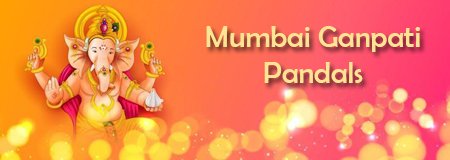Barven/Bayon Temple Siem Reap,Cambodia
The Bayon is a richly decorated Khmer temple related to Buddhism at Angkor in Cambodia. Built in the late 12th or early 13th century as the state temple of the King Jayavarman VII, the Bayon stands at the centre of Jayavarman’s capital, Angkor Thom.
The Bayon’s most distinctive feature is the multitude of serene and smiling stone faces of Brahma – probably modeled on the face of King Jayavarman VII – on every side the many towers that jut out from the upper terrace and cluster around its central peak. The main conservatory body, the Japanese Government Team for the Safeguarding of Angkor (the JSA) has described the temple as “the most striking expression of the baroque style” of Khmer architecture, as contrasted with the classical style of Angkor Wat.
History
The Bayon was the last state temple to be built at Angkor, and the only Angkorian state temple to be built primarily to worship Buddhist deities, though a great number of minor and local deities were also encompassed as representatives of the various districts and cities of the realm. Originally a Hindu temple, the Bayon (Jayagiri) was the centrepiece of Jayavarman VII’s massive program of monumental construction and public works, which was also responsible for the walls and naga-bridges of Angkor Thom and the temples of Vishnu, Ta Prohm and Banteay Kdei.
The similarity of the 216 gigantic faces on the temple’s towers to other statues of the has led many scholars to the conclusion that the faces are representations of Jayavarman VII, himself. Scholars have theorized that the faces belong to Avalokitesvara, the bodhisattva of compassion. But some locals believe the temple was built for Brahma, since the faces have four sides, representing Brahma’s four faces. Also, the faces have three eyes, which symbolizes Shiva in the Trimurti. Buddha’s images seldom wear jewelry like necklaces, large earrings and a crown. The two hypotheses need not be regarded as mutually exclusive. Angkor scholar George Coedès has theorized that Jayavarman VII stood squarely in the tradition of the Khmer monarchs in thinking of himself as a devaraja (god-king), the difference being that while his predecessors were Hindus and associated themselves with Brahma and his symbol the, chaturmukha (four faces), Jayavarman VII was a Buddhist.
















